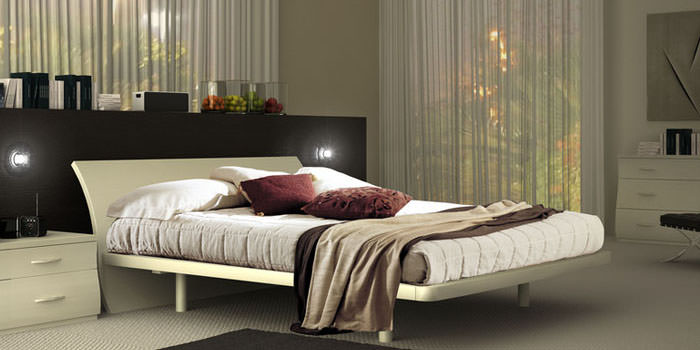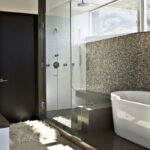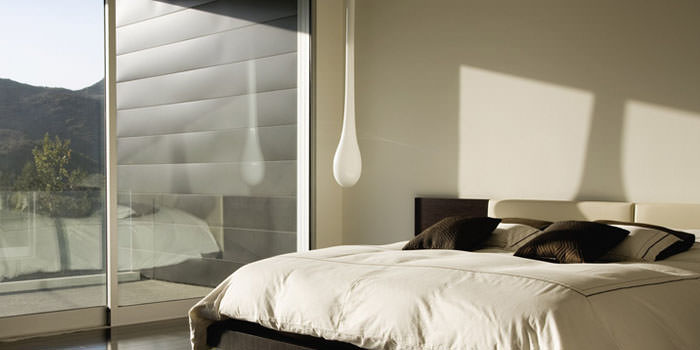
Designer Blinds: A Smart, Stylish Choice for Architects, Builders, and Interior Designers
In today’s design-driven world, window treatments have moved far beyond functionality. For professionals like architects, builders, and interior designers, every detail of a project must reflect a balance between aesthetics, practicality, and innovation. Among the finishing elements that make a significant impact, designer blinds are becoming a must-have solution across residential, commercial, and hospitality projects.
Here’s why designer blinds should be on your radar when specifying finishes for your next build or interior project.
For professionals who build and shape environments, every design choice carries weight. Designer blinds offer a rare combination of form, function, and flexibility—a detail that can tie together a room, improve performance, and impress the client.
1. Seamless Integration with Modern Architecture
Contemporary architecture emphasizes clean lines, open layouts, and large windows. Designer blinds complement this style with minimalist profiles and custom-fit designs that integrate effortlessly into any architectural setting. Whether recessed into the ceiling or mounted as a feature, blinds enhance form while serving function.
Ideal for: Floor-to-ceiling windows, open-concept spaces, and smart home designs.
2. Material and Fabric Versatility for Every Design Theme
One of the biggest advantages for interior designers is the diverse range of materials and finishes available. From sheer fabrics that diffuse light beautifully to textured linens, faux woods, or metallics, designer blinds can be customized to suit any palette or concept.
Perfect for: Creating contrast, layering textures, and complementing mood boards.
3. Smart Control Options Add Innovation to Design
Modern clients demand more than just beauty—they expect technology integration. Many designer blinds now come with motorized or smart control systems that can be synced with home automation platforms. This adds luxury, convenience, and a high-tech edge to any design plan.
Great for: High-end residential projects, office interiors, and luxury hospitality spaces.
4. Customization for Every Window Type
Not all windows are standard—and neither should be the blinds. Designer blind manufacturers offer custom solutions for curved, angled, bay, skylight, and oversized windows. This flexibility allows architects and builders to explore creative window layouts without being restricted by off-the-shelf solutions.
Useful for: Unique window designs, energy-efficient glazing, or structural facades.
5. Improved Energy Efficiency and Light Management
Beyond aesthetics, designer blinds contribute to thermal comfort and energy savings. High-performance fabrics can reduce heat gain, prevent glare, and protect interior furnishings from UV damage—crucial for sustainable and green building initiatives.
Beneficial for: LEED-certified projects, eco-conscious builds, and commercial spaces with large glazed surfaces




